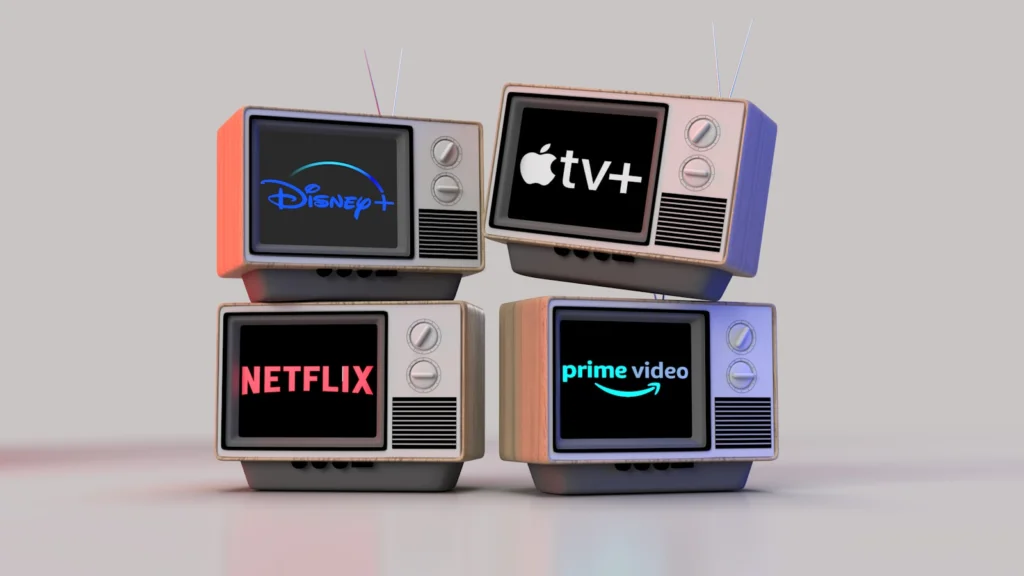
You’re probably spending more with Amazon Prime than you realize, and it’s not just the $139 annual fee that’s draining your wallet. The real cost comes from those convenient “free” two-day deliveries that make impulse buying feel effortless and justified. When you cancel Prime, something interesting happens – you suddenly become a smarter shopper who compares prices, discovers better deals, and makes intentional purchases instead of reactive ones. Here’s exactly how this simple change transformed my spending habits.
The Hidden Costs of Amazon Prime That Nobody Talks About
You might think Amazon Prime’s $139 annual fee is the only cost you’re paying, but there’s a whole web of hidden expenses lurking beneath that convenient two-day shipping promise.
You’re actually spending more per purchase than you realize. Prime’s psychological pressure pushes you toward impulse buying because “free shipping” feels like savings. You’ll grab items you don’t need just to justify those annual membership costs.
The environmental impact of shipping creates another hidden expense – your carbon footprint. Those countless cardboard boxes and rush deliveries generate massive waste that we all pay for eventually.
Prime also locks you into Amazon’s ecosystem, preventing you from comparison shopping. You’ll skip better deals elsewhere because you’ve already “paid for shipping.” This convenience trap costs you hundreds in missed savings opportunities yearly.
Breaking free from this cycle requires mindful consumption – pausing before purchases to evaluate true need and implementing strategies like the 24-hour rule to avoid impulse buys.
How Prime Membership Psychology Tricks You Into Overspending

Amazon’s marketing team has mastered the art of psychological manipulation, and their Prime membership program is their greatest weapon against your wallet. You’ve fallen into their clever trap without realizing it.
The “free” shipping creates a false sense of savings, making you feel obligated to purchase more items to justify your annual fee.
That annual membership fee creates psychological pressure to buy more, tricking your brain into believing you’re saving money with each purchase.
Consumer loyalty programs like Prime exploit subscription service psychology perfectly. You’ll unconsciously order items you don’t need because shipping feels free. That $139 membership creates mental pressure to maximize value through frequent purchases.
Prime’s two-day delivery feeds instant gratification urges, encouraging impulse buying. You’re spending 15-20% more than non-Prime members annually. The convenience becomes addictive, making price comparison seem unnecessary.
These purchasing patterns become ingrained through repetition, creating what behavioral experts call habit stacking – where the simple act of opening Amazon automatically triggers the urge to buy something.
Break free from this psychological control and reclaim your purchasing power!
Price Comparison Strategies That Reveal Amazon’s Markup Games
When retailers manipulate prices behind the scenes, smart shoppers fight back with strategic comparison techniques that expose their markup schemes. You’ll discover Amazon’s true pricing when you implement product price tracking across multiple platforms. Tools like Honey and CamelCamelCamel reveal price histories, showing you when that “deal” actually costs more than last month.
Start discount code hunting before every purchase. RetailMeNot and Rakuten consistently offer cashback percentages that beat Amazon’s pricing. Check manufacturer websites directly – they often sell identical products for 15-30% less than Amazon’s listed prices.
Compare shipping costs too. Many retailers offer free shipping at lower thresholds than Amazon’s $25 minimum. You’ll save more by buying from multiple sources than relying on Prime’s perceived convenience. Strategic comparison shopping puts money back in your pocket every time.
Just like avoiding impulse purchases at checkout counters can save $23 per visit, disciplined price comparison prevents retailers from exploiting your purchasing habits through artificial urgency and inflated pricing.
Direct-to-Consumer Shopping: Cutting Out the Middleman
Smart price comparison leads naturally to an even more powerful money-saving strategy: buying directly from manufacturers and brands. You’ll discover that many companies offer better prices, exclusive products, and superior customer service when you skip Amazon entirely.
Direct-to-consumer shopping puts you in control of your purchasing decisions. You’ll access better quality control measures since you’re dealing with the source. Many brands provide personalized recommendations based on your specific needs, something Amazon’s algorithm can’t match.
The savings add up quickly. You’ll often find 15-30% discounts, free shipping thresholds that are lower than Amazon’s, and exclusive member perks. Plus, you’re supporting businesses directly rather than feeding Amazon’s profit machine.
Start by visiting your favorite brands’ websites before checking Amazon. You’ll be surprised how much you’ve been overpaying! For specialized products like candles, buying directly from artisan brands often provides access to eco-friendly options and unique fragrances that aren’t available through major retailers.
Local and Regional Retailers That Beat Amazon’s Prices

Countless local and regional retailers offer competitive prices that often undercut Amazon’s costs by significant margins. You’ll discover hardware stores with tools priced 15-20% below Amazon’s rates, and bookshops offering new releases at publisher prices without shipping fees. Your neighborhood pharmacy frequently beats Amazon’s supplement costs while providing instant gratification.
These sustainable local businesses create powerful advantages you can’t get online. You’ll negotiate bulk discounts, receive personalized service, and support your community’s economic growth simultaneously.
Community focused shopping options include farmers’ markets with produce costs 30% lower than chain stores, and regional electronics retailers offering price-matching policies.
You’re building relationships that generate long-term savings through loyalty programs, exclusive member discounts, and insider knowledge about upcoming sales. This strategy transforms your purchasing power while strengthening local economies.
Use budget apps to automatically track your spending across all these local retailers and identify which ones consistently offer the best deals for your specific purchasing patterns.
Free Shipping Alternatives That Don’t Require Monthly Fees
Although Amazon Prime’s monthly fees might seem like the only path to free shipping, dozens of retailers offer zero-cost delivery without any subscription requirements. You’ll discover that Target provides free shipping on orders over $35, while Walmart matches that threshold. Best Buy eliminates shipping costs at just $35, and you can stack coupon code savings on top.
Many retailers sweeten the deal with price match guarantees, ensuring you get competitive prices plus free delivery. Home Depot offers free shipping on orders over $45, while Lowe’s matches at $50. You can also combine orders with friends or family to reach minimum thresholds faster. These alternatives put money back in your pocket while delivering the same convenience you’re accustomed to. Take advantage of price-tracking apps to monitor your wish list items across these various retailers and purchase when prices drop to maximize your savings.
Building a Slower, More Intentional Shopping Routine
When you shift from impulse buying to intentional purchasing, you’ll naturally save hundreds of dollars each year while reducing buyer’s remorse. Building conscious consumption habits starts with implementing a 24-hour waiting period before any non-emergency purchase over $25. This simple rule eliminates those quick clicks that drain your budget.
Create a monthly shopping list during the first weekend of each month. Research prices across multiple retailers, compare reviews, and identify genuine needs versus wants. You’ll discover that 70% of your “urgent” purchases weren’t actually necessary.
Sustainable shopping practices include buying quality items that last longer, supporting local businesses when possible, and choosing multipurpose products. Track your spending weekly to spot patterns and celebrate your progress. This methodical approach transforms shopping from reactive spending into strategic wealth-building decisions. Consider using the envelope system for variable expenses like household items and entertainment purchases to maintain strict spending boundaries and avoid credit card temptation.
Conclusion
Breaking free from Amazon Prime isn’t just about saving that monthly fee—it’s about transforming how you shop entirely. You’ll discover better prices, higher-quality products, and support businesses that align with your values. Start small by comparing prices for your next purchase, then gradually build these intentional shopping habits. Your wallet and conscience will thank you as you create a more sustainable, mindful approach to consumption.



Leave a Reply